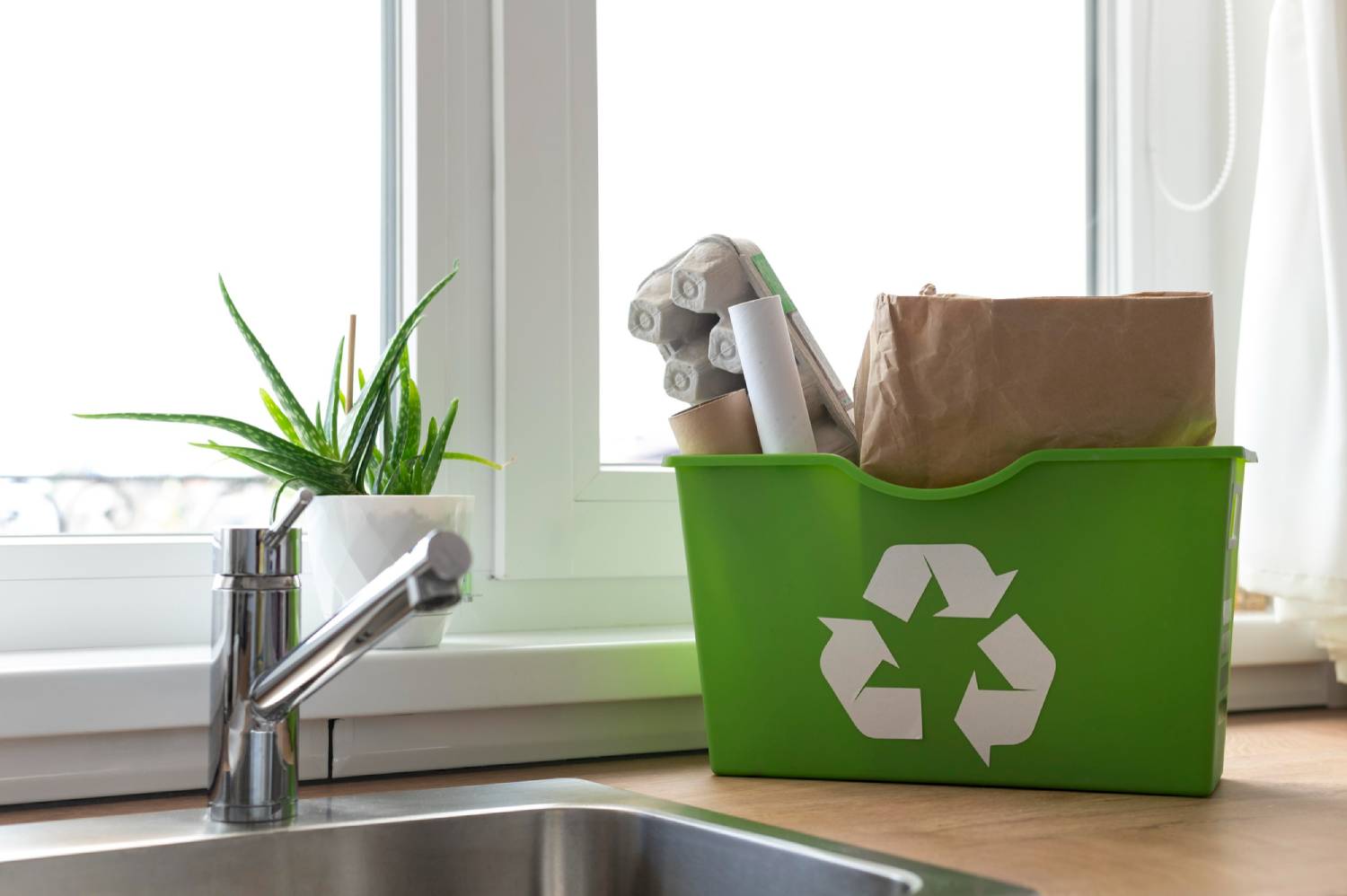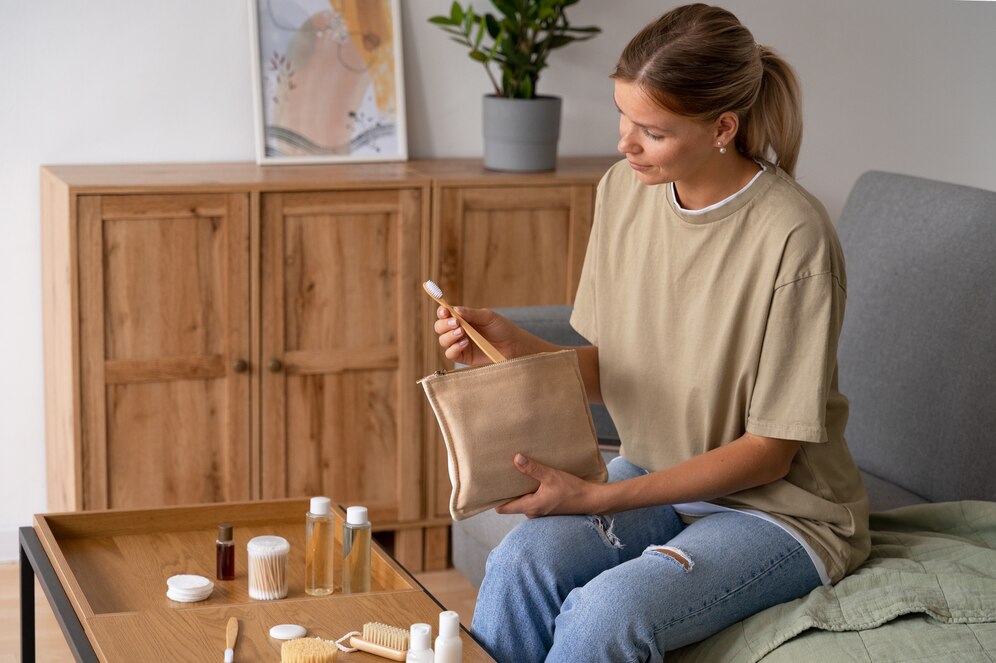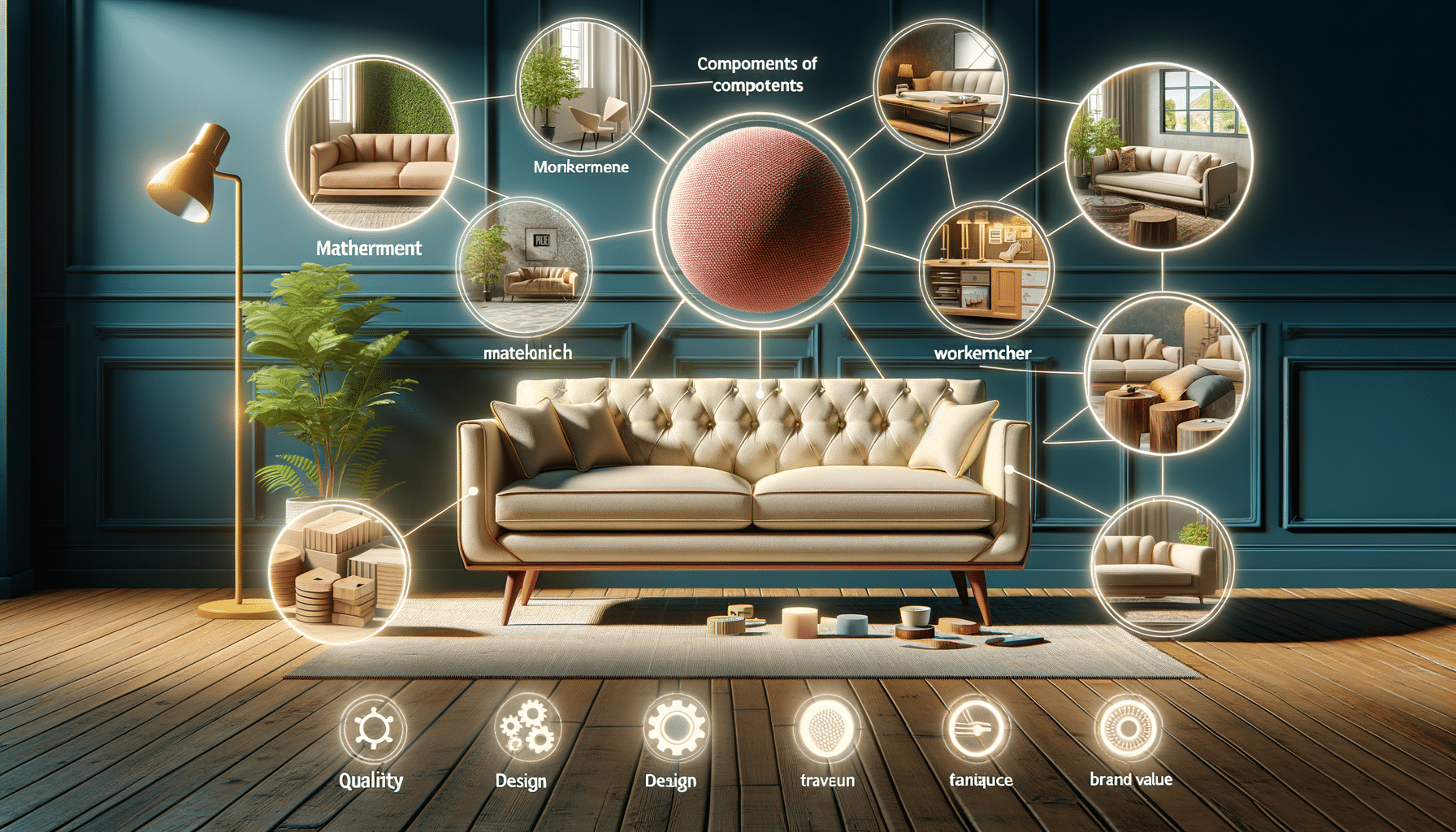
Zero-Waste Living: A Minimalist Approach
In this world, consumerism often takes the front seat. The concept of zero-waste living has emerged as a beacon of hope for those striving for a sustainable lifestyle. This simple approach cuts down on waste. It fits well with minimalist sustainability. It provides a path to intentional and eco-friendly living.
Waste-free living is not simply a trend. It’s a lifestyle choice that prompts individuals to consider how they consume and how it impacts the planet. In this article, we will walk you through the importance of this implementation, how to implement it and what people think about it. This blog will empower you with all you need to know to live a zero-waste lifestyle in your own life.
Key Benefits: Why Zero-Waste Living Matters

The relevance of zero-waste living extends beyond personal satisfaction. It addresses some of the most pressing environmental challenges of our time. Here’s why adopting a sustainable lifestyle through a minimalist approach is crucial:
Environmental Impact
One of the primary benefits of zero-waste living is its positive impact on the environment. We can cut greenhouse gas emissions by reducing landfill waste. This helps fight climate change. The EPA says landfills are the third biggest source of methane emissions in Amercia. Methane is a potent greenhouse gas that traps heat in the atmosphere.
Resource Conservation
Zero-waste living helps save natural resources. It promotes using reusable and sustainable materials. This method cuts down the need for new products. Making these products usually takes a lot of energy and raw materials. Choosing products from recycled or renewable resources helps save valuable materials. This also lowers our ecological footprint.
Financial Savings
The upfront cost of sustainable products might feel high, but zero-waste living can save you money over time. People can save money by using less and reusing items. This helps cut unnecessary costs. For instance, buying a good reusable water bottle can cut out disposable plastic bottles. This saves money and resources.
Simplified Lifestyle
A minimalist approach to sustainability asks people to clear out the clutter. It helps them focus on what really matters. Reducing possessions and focusing on quality brings a simpler and more fulfilling life. This change in thinking can boost mindfulness. It helps us appreciate our belongings more.
Step-by-Step Guide to Embracing Zero-Waste Living

Transitioning to a zero-waste lifestyle may seem overwhelming at first. But breaking it down into manageable steps can make the process more approachable. Here’s a step-by-step guide to help you get started:
Step 1: Assess Your Current Waste
The first step in adopting a zero-waste lifestyle is to assess your current waste production. Take note of the items you frequently dispose of and identify areas where you can reduce waste. This might include single-use plastics, food packaging, or paper products. By understanding your waste patterns, you can make informed decisions about where to focus your efforts.
Step 2: Reduce and Reuse
After finding areas to improve, try to reduce and reuse items when you can. Consider using reusable options like cloth bags, stainless steel straws, and glass containers. Also, think about reusing items you have. For example, you can use old jars for storage. You can also turn worn-out clothes into cleaning rags.
Step 3: Embrace Composting
Composting is a key component of zero-waste living. It allows you to divert organic waste from landfills and create nutrient-rich soil for gardening. Set up a compost bin in your garden. If you have less space, use a countertop composting system. By composting food scraps and yard waste, you can significantly reduce the amount of waste you produce.
Step 4: Shop Mindfully
When shopping for new items, prioritise products that are sustainably sourced and packaged. Look for items made from recycled materials or those with minimal packaging. Additionally, support local businesses and farmers’ markets. They often offer products with a lower environmental impact than mass-produced goods.
Step 5: Educate and Advocate
Finally, educate yourself and others about the benefits of zero-waste living. Tell your friends and family what you know. Also, support sustainable practices where you live. You can spark positive change by raising awareness. Encourage others to adopt a minimalist approach to sustainability. This can create a ripple effect.
Additional Expert Tips & Common Mistakes to Avoid
As you embark on your zero-waste journey, keep these expert tips in mind to ensure success:
Expert Tip 1: Start Small
Transitioning to a zero-waste lifestyle doesn’t happen overnight. Begin with small changes. Then, add more sustainable practices to your daily routine. This approach will help you avoid feeling overwhelmed and increase the likelihood of long-term success.
Expert Tip 2: Prioritise Quality Over Quantity
When purchasing new items, prioritise quality over quantity. Invest in durable, high-quality products that will stand the test of time. Don’t go for cheaper, disposable alternatives. This mindset shift will reduce waste and lead to a more intentional and satisfying lifestyle.
Common Mistake 1: Expecting Perfection
It’s important to remember that zero-waste living is a journey, not a destination. Don’t expect perfection or become discouraged by setbacks. Instead, focus on progress and celebrate the small victories along the way.
Common Mistake 2: Overlooking Digital Waste
Many people think about physical waste in zero-waste living. But digital waste is also important. Regularly declutter your digital life by deleting unnecessary files, emails, and apps. This practice not only reduces your digital footprint but also improves your mental clarity and focus.
Advanced Insights: Expert Recommendations for Sustainable Living

Insight 1: Embrace a Circular Economy
A circular economy focuses on reusing and recycling materials. This approach contrasts with the old model of making products and throwing them away. Support businesses that embrace a circular economy. This helps reduce waste and promotes sustainable practices.
Insight 2: Practice Mindful Consumption
Mindful consumption involves being intentional about the items you bring into your life. Before buying, think about if you really need the item and if it matches your values. This practice helps you think more about what you buy. It also cuts down on impulse purchases.
Insight 3: Support Sustainable Innovations
Stay updated on new sustainable innovations and technologies. These can help reduce waste and support a greener lifestyle. Supporting biodegradable packaging and renewable energy helps create a sustainable future.
Zero-Waste, Maximum Impact: Embracing a Sustainable Future
Zero-waste living is a smart way to tackle big environmental issues. By embracing minimalism, we can make a real difference. Living sustainably and reducing waste helps the planet. It also allows people to enjoy a simpler and more meaningful life.
As you embark on your zero-waste journey, remember that every small change counts. You can help create a fairer, more sustainable world. You can reduce what you use, reuse items, or support eco-friendly practices. Every little effort counts!
So, what are you waiting for? Start your zero-waste journey today. Join the growing group of people who want to make a positive change. Together, we can create a brighter, more sustainable future for generations to come.


